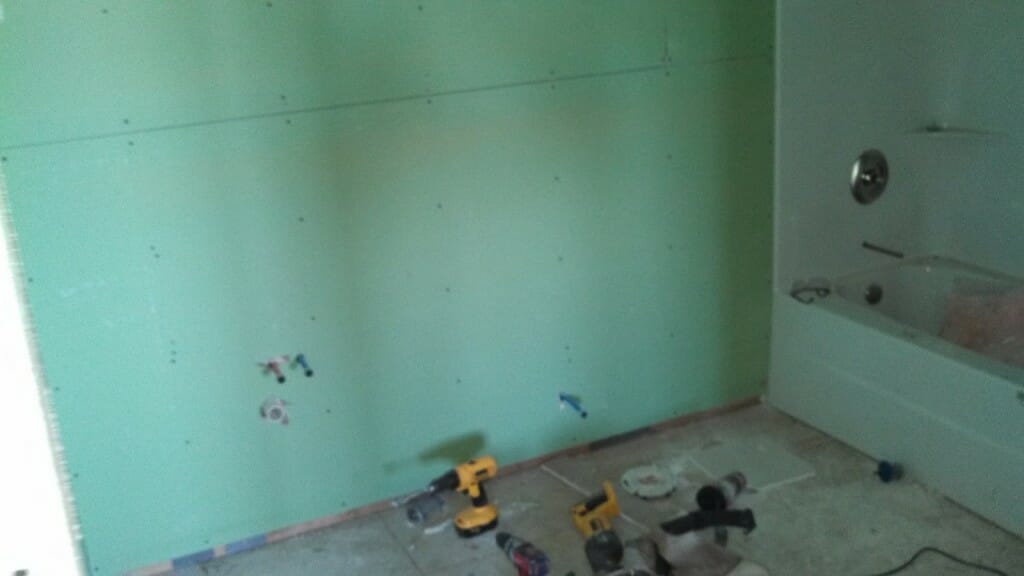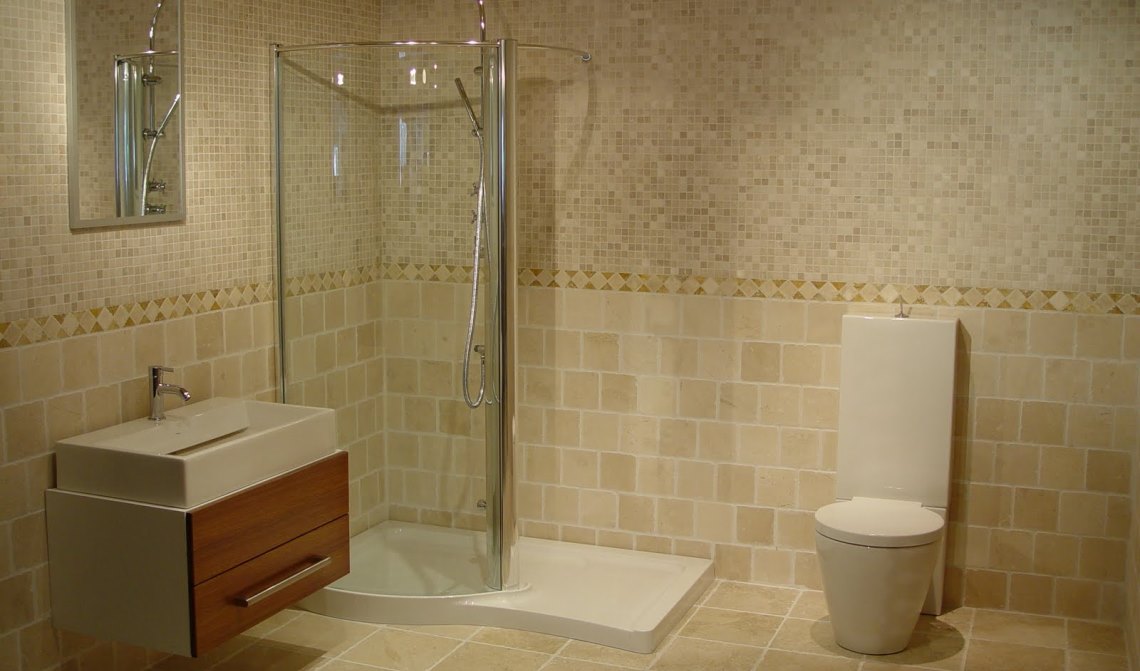Understanding Bathroom Drywall Needs: Best Drywall For Bathroom

Bathrooms present unique challenges for drywall installation due to their high moisture and humidity levels. This constant exposure to moisture can lead to various issues, including mold growth, warping, and deterioration of the drywall, compromising the integrity of the bathroom and potentially impacting health.
Moisture-Resistant Drywall
Using moisture-resistant drywall in bathrooms is crucial to prevent these problems. Moisture-resistant drywall, also known as greenboard, is specifically designed to withstand the challenges of high humidity environments.
Standard drywall is made from gypsum core encased in paper. In contrast, moisture-resistant drywall has a green-colored paper facing and a core treated with a water-resistant additive. This treatment makes the drywall more resistant to moisture penetration and helps prevent mold growth.
Types of Moisture-Resistant Drywall

In the realm of bathroom construction, choosing the right drywall is paramount to ensuring a durable and moisture-resistant environment. The bathroom, with its inherent humidity and potential for water exposure, demands drywall specifically designed to withstand these challenges. Let’s delve into the world of moisture-resistant drywall and explore the various options available to you.
Types of Moisture-Resistant Drywall, Best drywall for bathroom
Understanding the different types of moisture-resistant drywall is crucial for making informed decisions during your bathroom renovation. Each type offers unique properties and advantages, catering to specific needs and budgets. Here’s a breakdown of the most common types:
Greenboard
Greenboard, also known as moisture-resistant drywall, is a standard type of drywall with a green-colored paper facing. It is treated with a water-resistant coating that makes it more resistant to moisture damage than regular drywall. Greenboard is a popular choice for bathrooms due to its affordability and ease of installation.
Cement Board
Cement board is a robust and durable option known for its exceptional moisture resistance. Made from a combination of Portland cement, sand, and fiberglass, it boasts superior water resistance and fire resistance. Cement board is typically used in areas prone to high moisture exposure, such as shower stalls and tub surrounds.
Fiberglass-Reinforced Drywall
Fiberglass-reinforced drywall is a newer option that combines the advantages of both greenboard and cement board. It features a fiberglass mesh embedded within the gypsum core, enhancing its strength and resistance to moisture. Fiberglass-reinforced drywall is an excellent choice for areas requiring both moisture resistance and structural integrity.
| Type | Pros | Cons | Installation Methods |
|---|---|---|---|
| Greenboard |
|
|
|
| Cement Board |
|
|
|
| Fiberglass-Reinforced Drywall |
|
|
|
Choosing the Best Drywall for Your Bathroom

Selecting the right drywall for your bathroom is crucial to ensure durability, moisture resistance, and a long-lasting finish. This decision depends on several factors, including the size of your bathroom, your budget, and the specific needs of the space.
Bathroom Drywall Selection Flowchart
The following flowchart guides you through the process of selecting the best drywall for your bathroom based on your specific requirements.
- What is the size of your bathroom?
- Small bathroom: Consider using standard greenboard or moisture-resistant drywall, as they are cost-effective and offer sufficient protection.
- Large bathroom: Opt for cement board or fiberglass-reinforced drywall for added durability and moisture resistance, especially in areas prone to high humidity, such as showers and tubs.
- What is your budget?
- Limited budget: Standard greenboard or moisture-resistant drywall is the most economical option.
- Moderate budget: Consider cement board for areas prone to moisture, such as showers and tubs.
- High budget: Fiberglass-reinforced drywall offers superior moisture resistance and durability, making it suitable for entire bathroom walls.
- What are the specific needs of your bathroom?
- High humidity: Opt for cement board or fiberglass-reinforced drywall for maximum moisture resistance.
- Frequent cleaning: Choose a type of drywall that is easy to clean and maintain, such as cement board or fiberglass-reinforced drywall.
- Aesthetic considerations: Consider the final finish you desire. Cement board and fiberglass-reinforced drywall can be finished with tile or other materials for a sleek and modern look.
Greenboard vs. Cement Board
Greenboard and cement board are popular choices for bathroom walls due to their moisture resistance. However, they have distinct advantages and disadvantages:
- Greenboard:
- Advantages: Cost-effective, easy to install, and readily available.
- Disadvantages: Less durable than cement board, susceptible to water damage if exposed to prolonged moisture, and requires careful installation to prevent cracking.
- Cement board:
- Advantages: Highly durable, moisture-resistant, and fire-resistant. It can be used in areas prone to high humidity, such as showers and tubs.
- Disadvantages: More expensive than greenboard, heavier and more difficult to install, and requires specialized tools and techniques.
Fiberglass-Reinforced Drywall
Fiberglass-reinforced drywall offers superior moisture resistance and durability, making it an excellent choice for specific areas of the bathroom, such as showers and tubs.
- Advantages: Highly moisture-resistant, durable, and can be used in areas with high humidity and frequent exposure to water. It also offers excellent resistance to mold and mildew growth.
- Disadvantages: More expensive than greenboard and cement board, requires specialized tools and techniques for installation, and may not be suitable for all bathroom areas.
Best drywall for bathroom – Choosing the right drywall for your bathroom is crucial for its longevity and resilience. Moisture-resistant drywall, like greenboard, is essential for preventing damage from humidity and spills. If you’re planning a full bathroom remodel in York, PA, consider consulting with a professional who can guide you on the best materials and techniques for your project.
Bathroom remodeling in York, PA can be a complex process, but the right drywall can contribute to a successful and long-lasting result.
Choosing the right drywall for your bathroom is crucial, as it needs to withstand moisture and potential leaks. While you might focus on the aesthetic aspects, don’t overlook the practicalities! Finding experienced bathroom remodel contractors in Scottsdale can help you select the best drywall for your needs.
They’ll ensure that the chosen material is not only suitable for the bathroom environment but also complements your overall design vision.